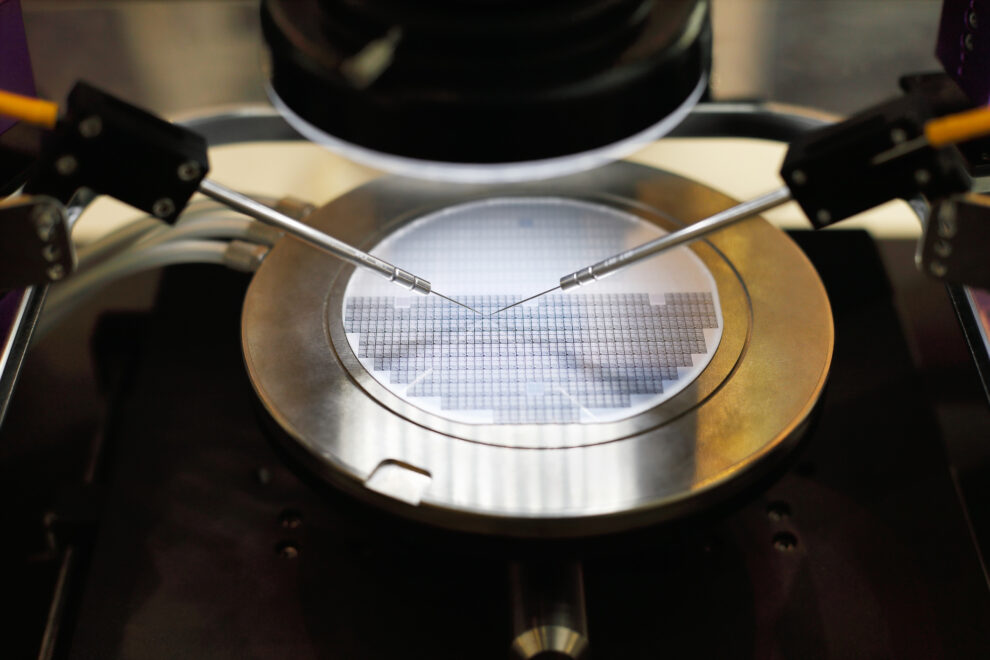Nvidia may lead the AI chip market, but other companies have challenged its dominance.
When it comes to the artificial intelligence (AI) chip market, Nvidia seems to claim nearly all the oxygen in the room. Amid what looks like its years-long lead in AI chip technology, investors have bid the GPU maker’s stock into the stratosphere.
However, Advanced Micro Devices (AMD -4.49%) has developed an AI chip of its own and a reputation for successfully challenging seemingly insurmountable technical leads. Could Nvidia’s struggles to keep up with demand turn into an opportunity for AMD?
AMD’s struggles
At first glance, AMD does not appear to stand a chance against Nvidia’s dominance. It released its AMD Instinct MI300 AI chips last year, claiming its chips could outperform Nvidia’s Grace Hopper architecture in some respects. Nvidia responded by releasing a much faster Blackwell and a preview of the Rubin chip, which is coming in 2026.
Additionally, Nvidia impressed investors with yearly revenue growth of 262% in the most recent quarter and has maintained triple-digit revenue growth for several quarters.
In contrast, AMD has struggled with declining revenue in recent quarters amid challenges in its gaming and embedded segments. Its financial condition has improved thanks to 80% annual revenue growth in the data center segment, which includes AI chips. Nonetheless, overall revenue grew by only 2% yearly, hardly a number that will impress investors.
The case for AMD
However, as mentioned before, AMD has a history of closing technological leads quickly. After decades of lagging behind Intel in the CPU market, it began designing chips that outperformed its longtime rival.
Also, according to independent assessments, it appeared to outperform Nvidia in some niches of the GPU market. Although Nvidia remains the clear leader in the AI chip market, such innovations are good reasons to wait for AMD’s chip releases before drawing conclusions about the size of Nvidia’s technical lead.
Additionally, AMD’s earnings release included a factor that some investors might have overlooked. The data center segment accounted for 43% of AMD’s revenue in that quarter, up from 24% in the year-ago quarter.
That percentage is important because in Nvidia’s first quarter of fiscal 2023 (ended May 1, 2022), data center revenue accounted for 45% of the company’s revenue. Just two years later, in Q1 of fiscal 2025 (ended April 30), the data center segment’s share of overall revenue grew to 87%. This sets a path AMD could follow. If AMD’s next product release closes much of the technical gap, AMD’s growth should accelerate.
Another factor to consider is valuation. Nvidia’s 71 P/E ratio is well under AMD’s earnings multiple of 245, but AMD’s stock may appear attractive if looking beyond the P/E ratio. In terms of price-to-sales (P/S) ratios, AMD’s multiple of 12 is far less than Nvidia’s 38 P/S ratio. Also, Nvidia’s stock has risen to 61 times its book value, a nosebleed valuation compared to AMD’s price-to-book value ratio of just 5.
Hence, accounting for both technology and valuations could change the investment thesis. If AMD’s AI chips are nearly as attractive as Nvidia’s and the stock sells for less than one-tenth the book value, investors may turn to AMD stock instead.
Making an investment case for AMD
Ultimately, AMD is unlikely to supplant Nvidia in the AI chip market anytime soon, but it could have a better chance at challenging its dominance than investors anticipate.
Admittedly, Nvidia has successfully defined itself as the essential AI chip company in the minds of investors, and AMD and its peers are behind the curve. However, AMD has a history of catching and sometimes surpassing its competitors, and investors should not dismiss AMD’s chances of closing the gap in the AI chip race.
With data center growth approaching triple digits and a price-to-book value ratio less than one-tenth of Nvidia’s, AMD stock could soar if AI chip sales remain strong.
Will Healy has positions in Advanced Micro Devices and Intel. The Motley Fool has positions in and recommends Advanced Micro Devices and Nvidia. The Motley Fool recommends Intel and recommends the following options: long January 2025 $45 calls on Intel and short August 2024 $35 calls on Intel. The Motley Fool has a disclosure policy.




